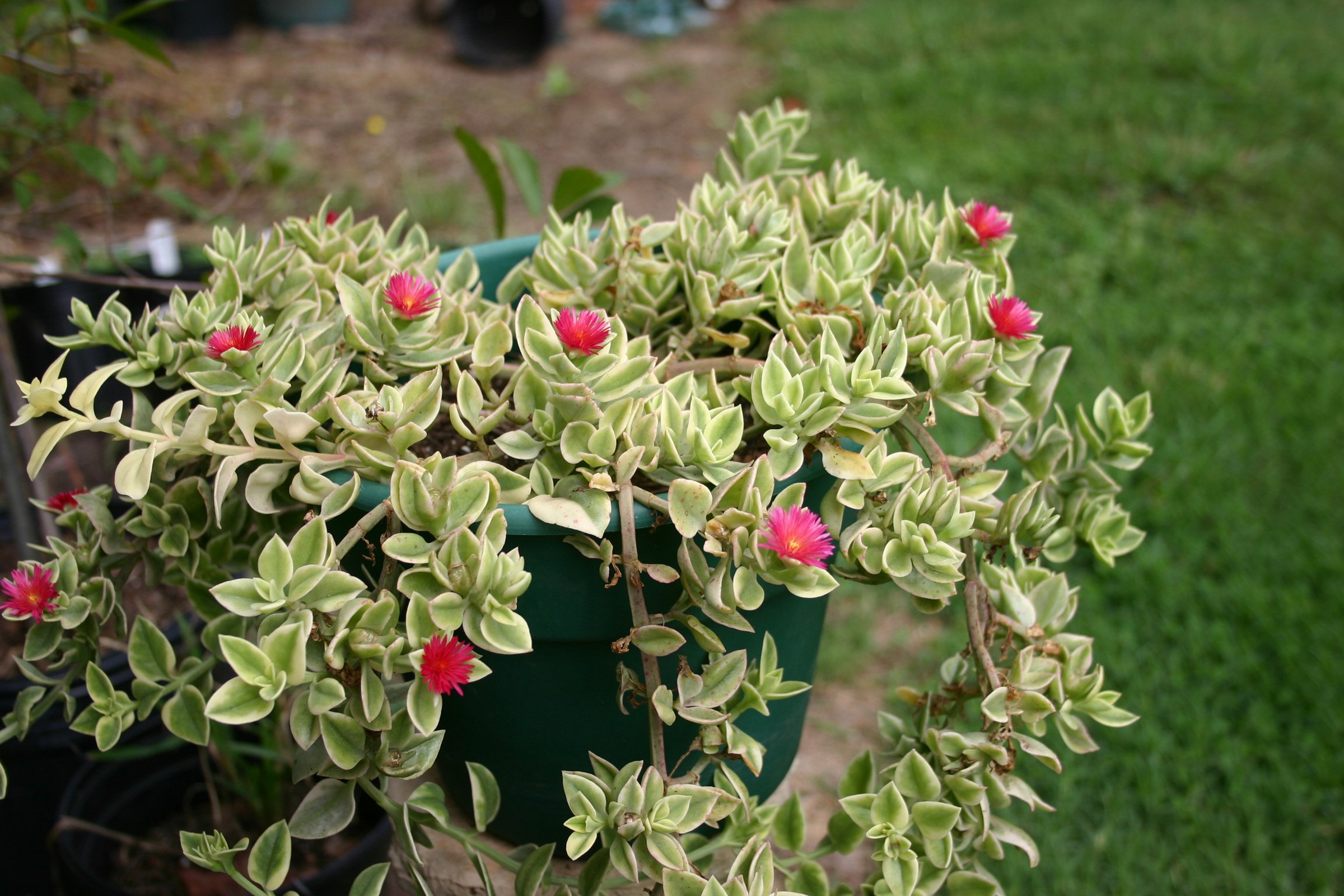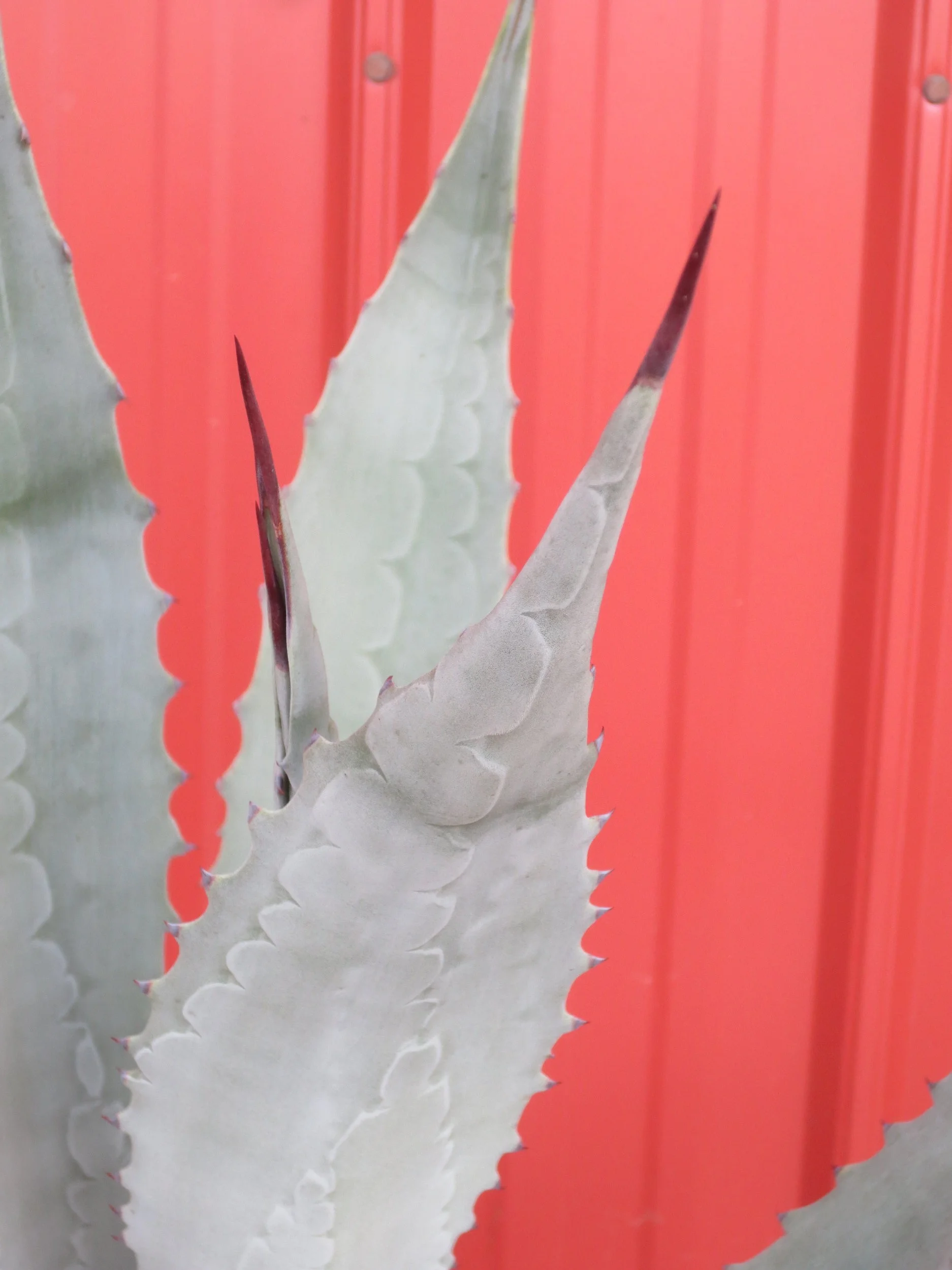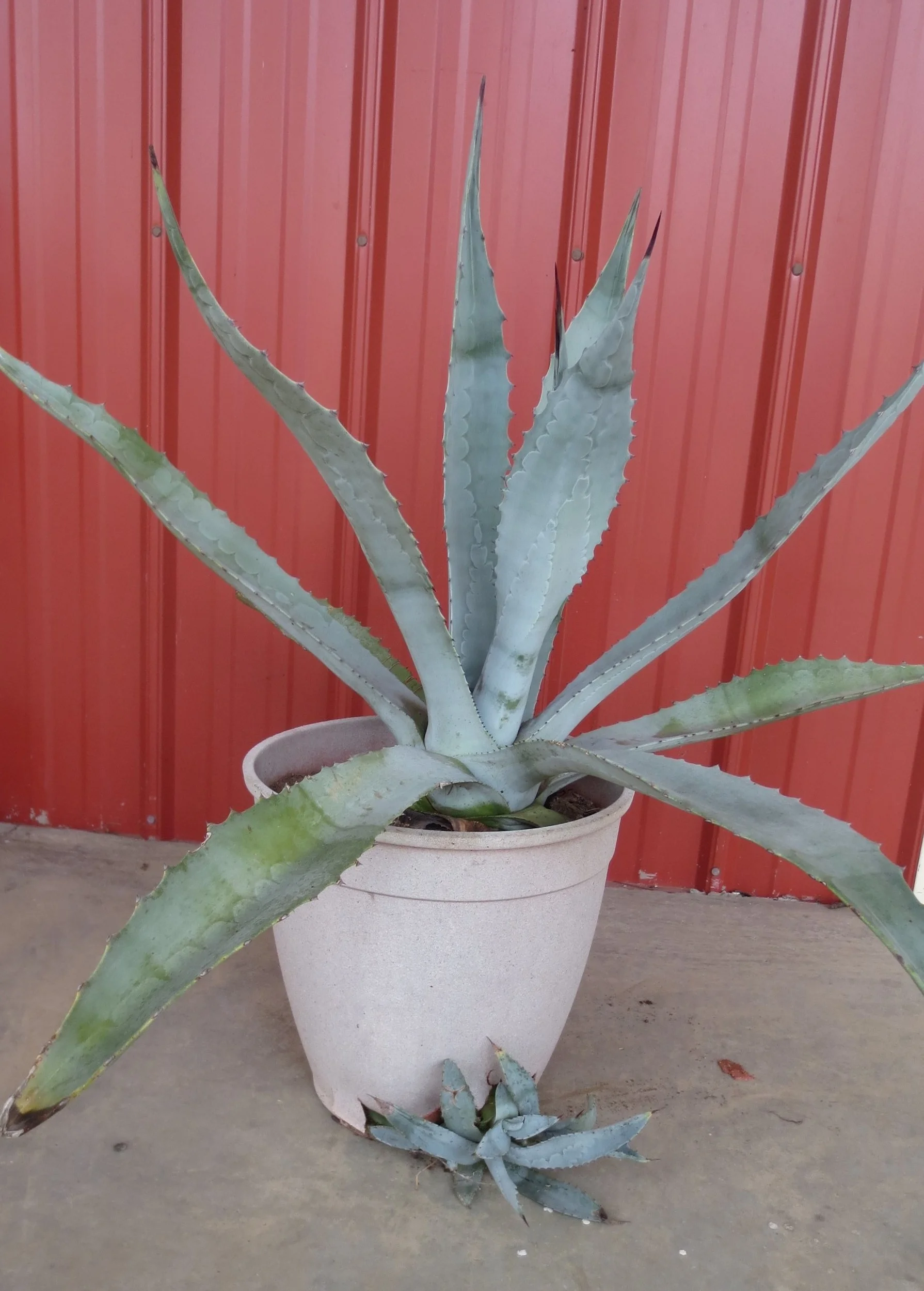I have found the perfect groundcover for sloped garden locations with poor clay soil and no irrigation.
Mezoo is a succulent, trailing annual plant that typically grows to six inches tall or less. In fertile soil and with a little irrigation in dry periods, it may spread to six feet wide. It has fleshy leaves and small flowers that are a bright red or pink color. The succulent stems can be brittle, so if any repositioning is desired, it should be done when the plant is young.
Mezoo will thrive in a wide range of soil types. It is tolerant of both full sun and partial shade. Its drought tolerance makes it a great choice for xeric gardens. Mezoo is a versatile plant that can be used as a ground cover, as a border plant, in hanging baskets, or as a container plant.
Mezoo is low maintenance, susceptible to few pests or diseases, and requires no pruning or deadheading. Mealybugs and spider mites can occasionally be a problem. Mezzo turns to mush with the first hard freeze but established plants will tolerate a light frost. It will not withstand foot traffic.
This is one of those rare instances when I identify a plant only by a common name. I have seen it offered in nurseries as Baby Sunrose, Heartleaf Ice Plant, and Livingstone Daisy. In reference materials, it is listed as Aptenia cordifolia, Dorotheanthus bellidiformus, and most recently, Mesembryanthemum cordifolium 'Variegata'. I may be confused as to the correct binomial identity, but there is no confusion over its beauty and its ability to bring beauty to a difficult planting site.
Mezoo is easily propagated from stem cuttings. My current collection was started from a single plant purchased several years ago. I have already started cuttings for next year to overwinter in my greenhouse. The variegated edge to its leaves means it will brighten a dark area and draw attention to the shrubs it surrounds.
A closeup view of Mezoo’s flowers.
Mezoo in a hanging basket
Photo taken 11/4/2024, after a four week period without rain. This bed is located at the top of a slope. The fleshy leaves of Mezoo contrast nicely with the spreading Yew and does not war with the adjacent variegated Ajuga.





